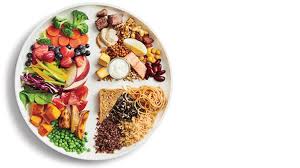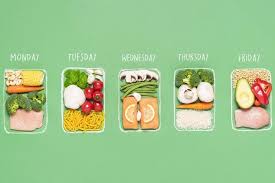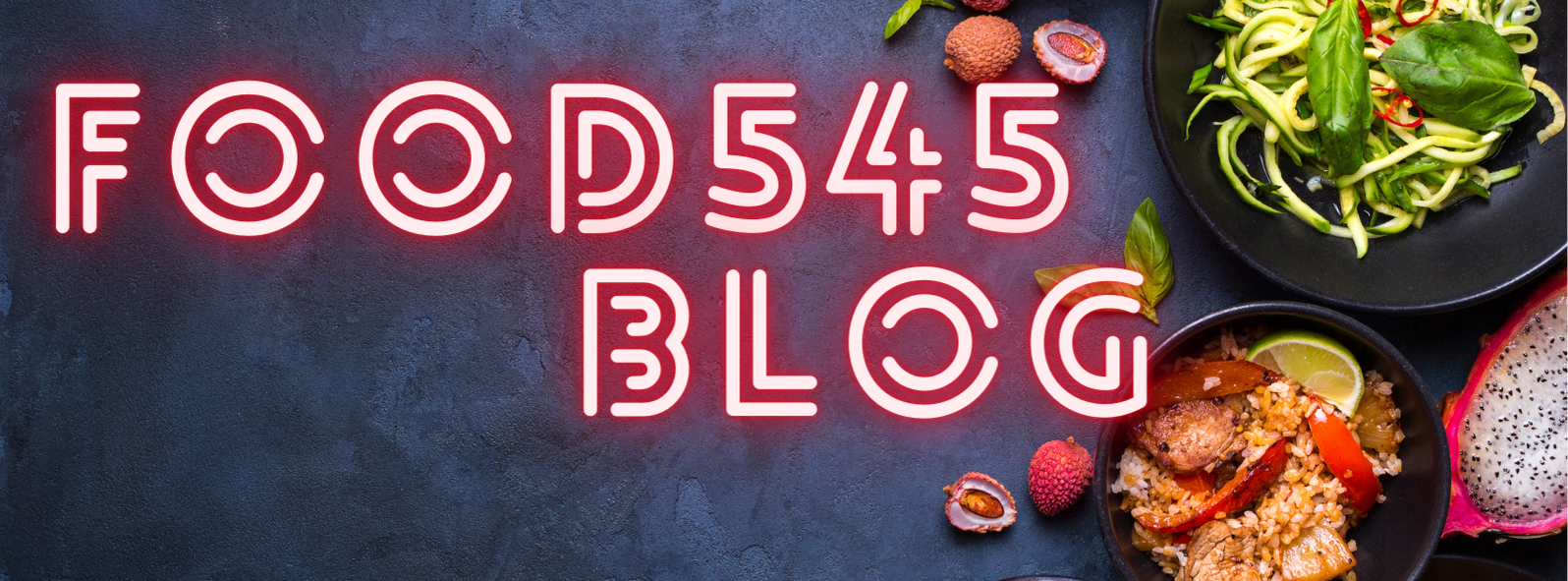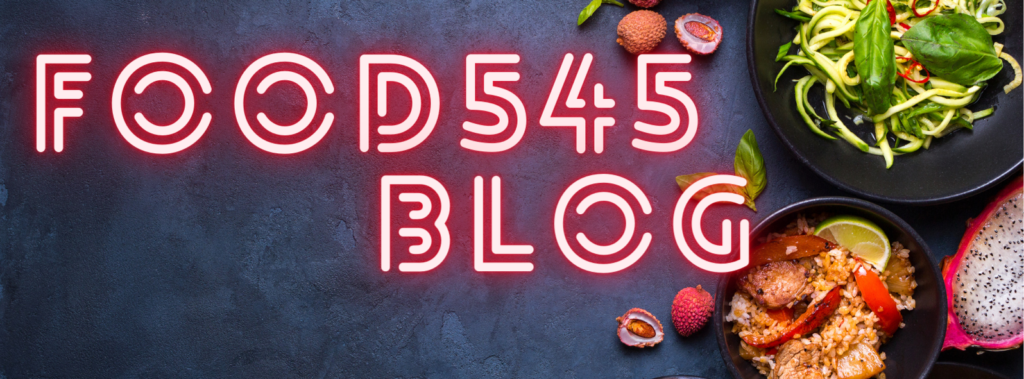Weight loss is a common goal for many individuals, and achieving it requires a balanced approach that includes a healthy diet and regular exercise. One of the most effective ways to support weight loss is by following a well-structured meal plan that promotes nutritional balance and supports your metabolism. In this guide, we’ll explore various healthy meal plans for weight loss, providing you with practical tips and delicious recipes to help you reach your goals.
1. Understanding the Basics of a Healthy Meal Plan

A healthy meal plan for weight loss should focus on providing your body with the right nutrients while maintaining a caloric deficit. This means consuming fewer calories than you burn, but without compromising essential nutrients. Here are some key principles to follow:
Balanced Macronutrients
- Proteins: Essential for muscle repair and growth. Include lean sources such as chicken, turkey, fish, tofu, and legumes.
- Carbohydrates: Provide energy. Opt for complex carbs like whole grains, fruits, and vegetables, which are rich in fiber and help keep you full.
- Fats: Necessary for hormonal balance and satiety. Choose healthy fats from avocados, nuts, seeds, and olive oil.
Portion Control
Controlling portion sizes helps prevent overeating and supports weight loss. Use smaller plates, measure servings, and be mindful of hunger cues.
Hydration
Drinking plenty of water aids in digestion, reduces hunger, and supports overall health. Aim for at least 8 cups of water daily.
Meal Frequency
Eating smaller, more frequent meals can help maintain steady energy levels and reduce the likelihood of binge eating. Aim for three balanced meals and two snacks each day.
2. Sample Healthy Meal Plans
Here are some sample meal plans that incorporate a variety of foods and nutrients to support weight loss:
Sample Meal Plan 1: Balanced and Simple
Breakfast:
- Greek yogurt with berries and a sprinkle of chia seeds
- A small handful of almonds
Lunch:
- Grilled chicken salad with mixed greens, cherry tomatoes, cucumbers, and a vinaigrette dressing
- A serving of quinoa
Snack:
- Apple slices with a tablespoon of almond butter
Dinner:
- Baked salmon with a side of steamed broccoli and sweet potato mash
Snack (if needed):
- Carrot sticks with hummus
Sample Meal Plan 2: High-Protein Focus
Breakfast:
- Scrambled eggs with spinach and tomatoes
- A slice of whole-grain toast
Lunch:
- Turkey and avocado wrap with whole-grain tortilla, lettuce, and a side of mixed vegetables
Snack:
- Cottage cheese with pineapple chunks
Dinner:
- Stir-fried tofu with bell peppers, snap peas, and brown rice
Snack (if needed):
- A small bowl of mixed berries
Sample Meal Plan 3: Vegetarian Delight
Breakfast:
- Smoothie made with spinach, banana, almond milk, and a scoop of plant-based protein powder
Lunch:
- Chickpea and vegetable curry with a side of cauliflower rice
Snack:
- A handful of mixed nuts and seeds
Dinner:
- Lentil soup with a side of mixed green salad and a slice of whole-grain bread
Snack (if needed):
- A piece of dark chocolate and a cup of herbal tea
3. Tips for Successful Meal Planning

Plan Ahead
Create a weekly meal plan and grocery list to streamline your shopping and meal preparation. Prepping meals in advance can save time and reduce the temptation to opt for unhealthy options.
Incorporate Variety
Eating a variety of foods ensures you get a wide range of nutrients and prevents meal fatigue. Experiment with different vegetables, proteins, and whole grains.
Use Healthy Cooking Methods
Opt for grilling, baking, steaming, and sautéing rather than frying. These methods retain nutrients and minimize added fats.
Listen to Your Body
Pay attention to hunger and fullness cues. Eating slowly and savoring your food can help you recognize when you’re satisfied, reducing the likelihood of overeating.
Avoid Processed Foods
Minimize the intake of processed and sugary foods, which can contribute to weight gain and negatively impact your health. Focus on whole, nutrient-dense foods.
4. Addressing Common Challenges
Emotional Eating
Emotional eating can derail your weight loss efforts. Find healthy ways to cope with stress, such as exercise, meditation, or talking to a friend.
Dining Out
When eating out, choose dishes that align with your meal plan. Opt for grilled over fried, ask for dressings on the side, and be mindful of portion sizes.
Social Events
Social gatherings can present challenges for sticking to your meal plan. Plan ahead by eating a healthy snack before the event and making balanced choices when possible.
5. Conclusion
A well-structured meal plan is a crucial component of a successful weight loss strategy. By focusing on balanced macronutrients, portion control, and hydration, you can create a sustainable approach to eating that supports your goals. With the sample meal plans and tips provided, you can start building your own personalized meal plan that fits your preferences and lifestyle. Remember, consistency is key, and making small, manageable changes over time will lead to lasting results. Embrace the journey to a healthier you with these practical and delicious meal planning strategies.




